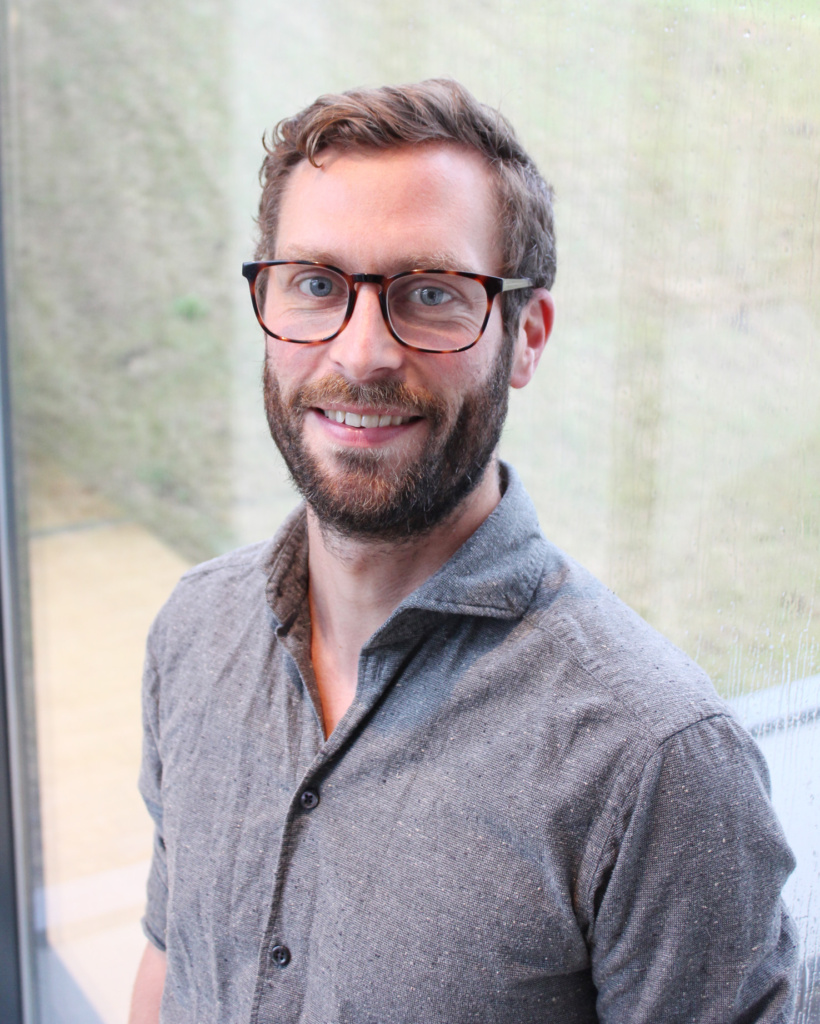Solar Cell Laboratory
Solar cell processing
The IFE Solar Cell Laboratory runs process lines with all equipment required for converting crystalline silicon wafers into solar cells. The process lines can handle both multi- and monocrystalline silicon wafers with a variety of sizes up to 156 mm x 156 mm. Among the available tools are:
- Wet benches for cleaning and etching sample surfaces.
- 3 belt furnaces for diffusion, gettering, contact firing and heat treatment of samples.
- A tube furnace system for diffusion, wet and dry oxidation, annealing and gettering.
- A Rapid Thermal Processing unit for fast heating and cooling is necessary.
- 2 lasers (one ns, one fs/ps) for a variety of uses, including sample cutting, drilling and shaping, local heat treatment and edge isolation.
- 3 screen-printers for depositing metal contacts and other, printable materials. One screen-printer allows for automatic alignment, another for use of hot-melt pastes.
- Several thin film deposition units (see below).
Thin film processing
Thin film processing is an integral part of crystalline silicon solar cells and modules. Thin film processes are also required for investigating the electronic quality of silicon wafers using lifetime measurements. Thin film materials can themselves also be used as solar cells. As a result, the IFE Solar Cell Laboratory contains equipment for depositing a range of thin film materials, from dielectric and semiconducting materials through transparent, conductive oxides (TCOs) to metals. Among the available tools are:
- 2 (soon 3) chambers for plasma-enhanced chemical vapour deposition (PECVD). Key uses are deposition of anti-reflection coatings in solar cells, deposition of surface passivation layers and development of new, functional thin film materials and material systems.
- A reactive magnetron puttering unit for deposition of thin films of transparent conducting oxides, metal hydride thin films, metals and other materials.
- One thermal evaporator for depositing metals.
- A spinner for depositing liquid thin films, such as diffusion sources and photoresist.
- An automatic spraying system for liquid precursor deposition.
Solar cell and solar cell material characterization
The IFE Solar Cell Laboratory contains a range of instruments for characterizing solar cells, solar modules and solar cell materials. These instruments include:
- A solar simulator for determination of efficiency and other important solar cell parameters.
- I-V and C-V measurement setups for electrical characterization of solar cells and materials.
- Spectral response setups for determining the Internal and External Quantum Efficiency (IQE/EQE) of solar cells
- 4-wavelength Laser-Beam Induced Current (LBIC) for measurements of local efficiency, reflectance and diffusion length.
- Photo- and electroluminescence (LP/EL) imaging
- Lifetime measurement setups (QSSPC, PL and u-PCD)
- Instruments for determination of bulk resistivity and sheet resistance.
- An optical characterization laboratory containing a range of instruments, spectrometers and a Variable-Angle Spectroscopic Ellipsometer for dermination of the optical properties of solar cells, modules, and materials.
Within the IFE campus, there is also access to:
- Neutron activation analysis for determining level of impurities.
- High resolution electron microscope (FEG-SEM) for morphological characterization, equipped with an Energy Dispersive X-ray Instrument for compositional analysis.
- An Atomic Force Microscope (AFM) for detailed surface studies.
- An X-ray diffractometer (XRD).
- Several optical microscope, including an Alicona with topography mapping.

